Trivia question for Nov-20-2011
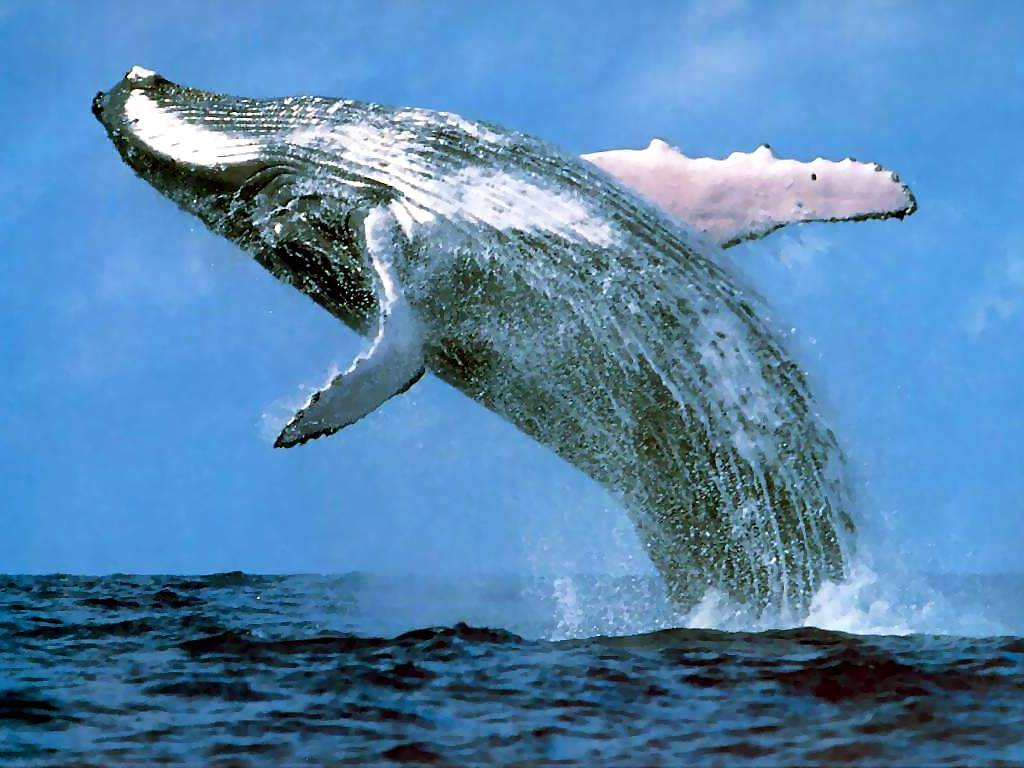
Like other large whales, these whales were and still are target for the whaling industry. Due to over-hunting, its population fell by an estimated 90% before a whaling moratorium was introduced in 1966. Stocks have since partially recovered; however, entanglement in fishing gear, collisions with ships, and noise pollution also remain concerns.
Trivia question for Nov-19-2011
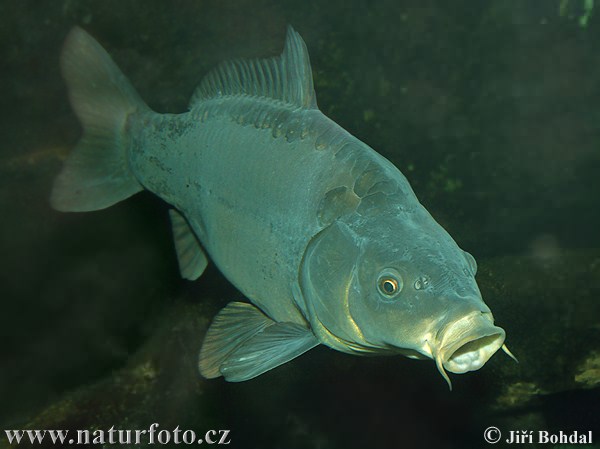
Eating these fish at Christmas is specific to Central European region. Since Middle Ages, people have eaten it during fasting, because just as other fish, these fish were not considered as meat.
Trivia question for Nov-18-2011
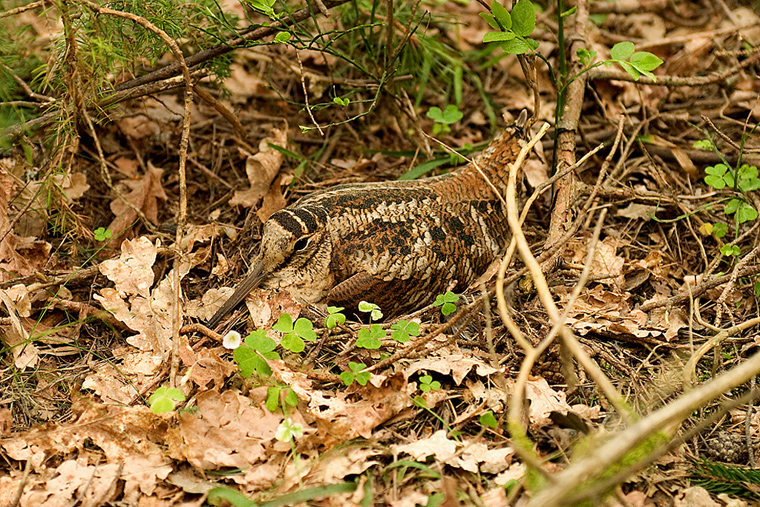
These birds are crepuscular (most active at dawn and dusk) and rarely active during the day unless flushed, when they fly off with a whirring wing noise. The flight is somewhat owl- or bat-like; they fly fast and direct while migrating or crossing open country, but fly erratically with twisting and fluttering once in woodland.
Trivia question for Nov-17-2011
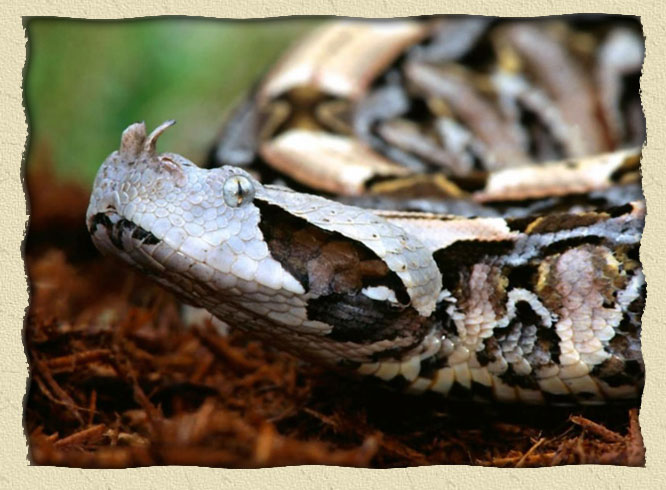
These guys have the longest fangs of any snake, measuring up to 2-inches long. They are also the heaviest of the world’s poisonous snakes, reaching weights of up to 25-lbs.
Trivia question for Nov-16-2011
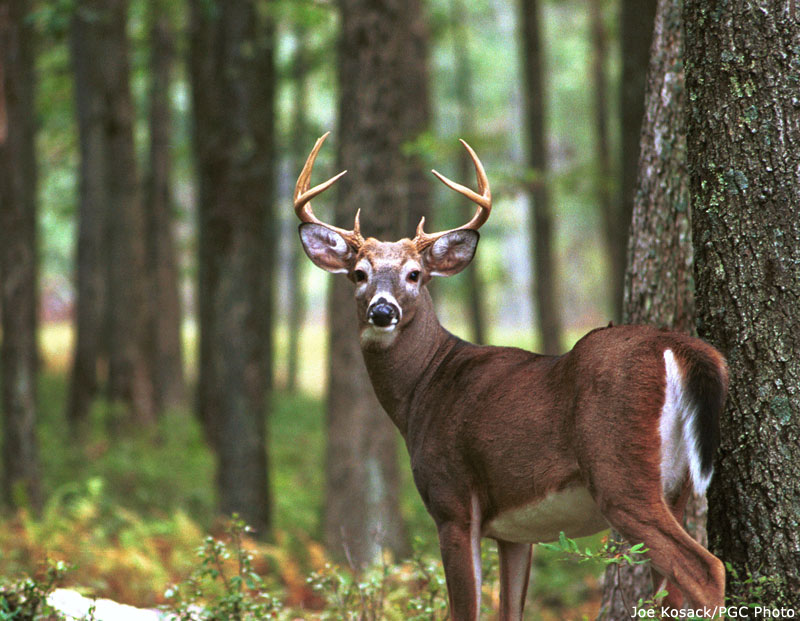
Their diet varies by season according to availability of food sources. They will also eat hay, grass, white clover, and other food that they can find in a farm yard. These deer have been known to opportunistically feed on nesting songbirds, field mice, and birds trapped in Mist nets.
Trivia question for Nov-15-2011
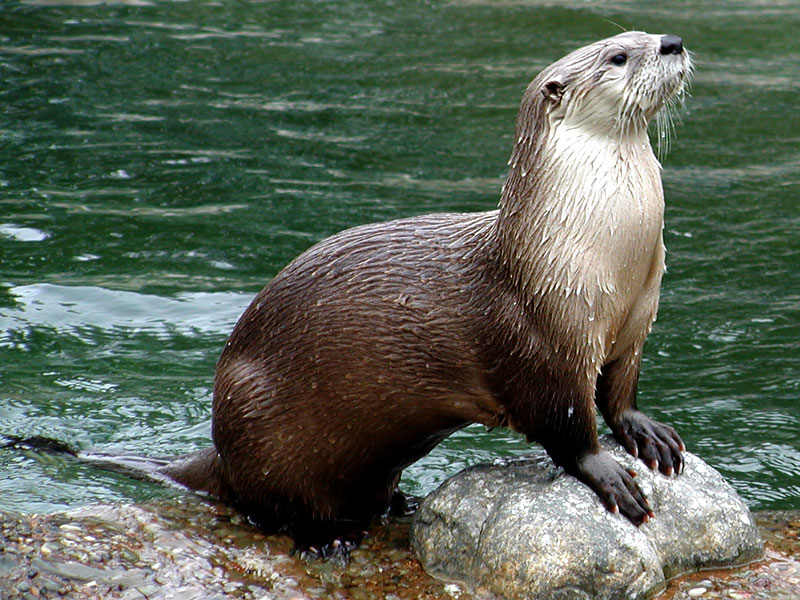
These poor animals are very susceptible to environmental pollution, which is a likely factor in the continued decline of their numbers. A number of reintroduction projects have been initiated to help stabilize the reduction in the overall population.
Trivia question for Nov-14-2011

These fish have upturned mouths and are primarily carnivorous surface feeders, although some vegetable matter may be eaten. In the wild, they feed on zooplankton including crustaceans and the larvae of mosquitoes and other insects, such as flies, crickets, or grasshoppers.
Trivia question for Nov-13-2011
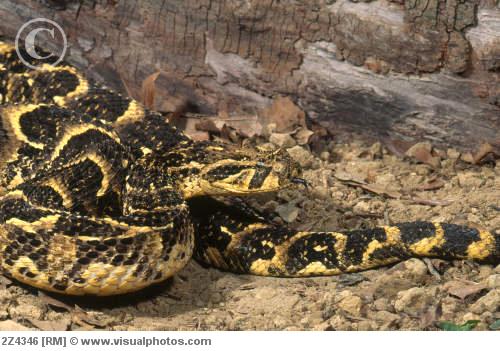
When agitated, they can resort to a typical serpentine movement and move with surprising speed. Although mainly terrestrial, these snakes are good swimmers and can also climb with ease; often they are found basking in low bushes.
Trivia question for Nov-12-2011
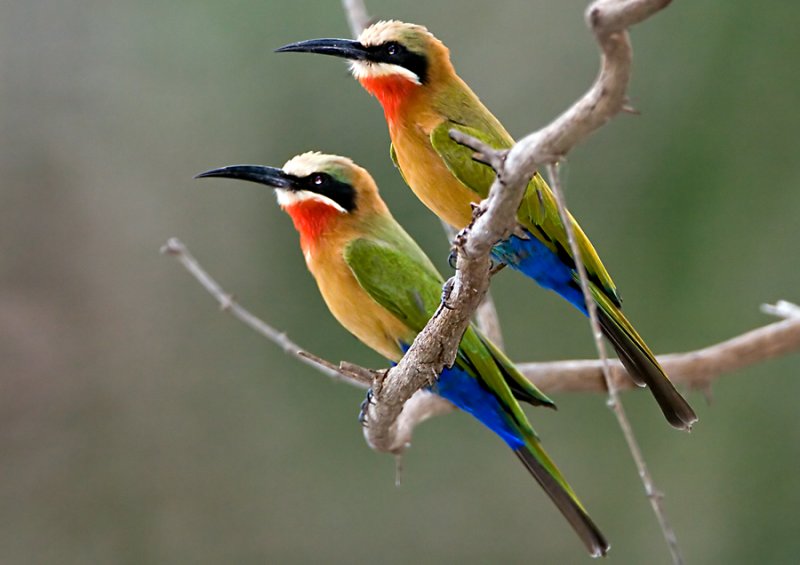
Colonies comprise socially monogamous, extended family groups with overlapping generations, known as “clans” which exhibit cooperative breeding. Non-breeding individuals become helpers to relatives and assist to raise their brood.
Trivia question for Nov-11-2011
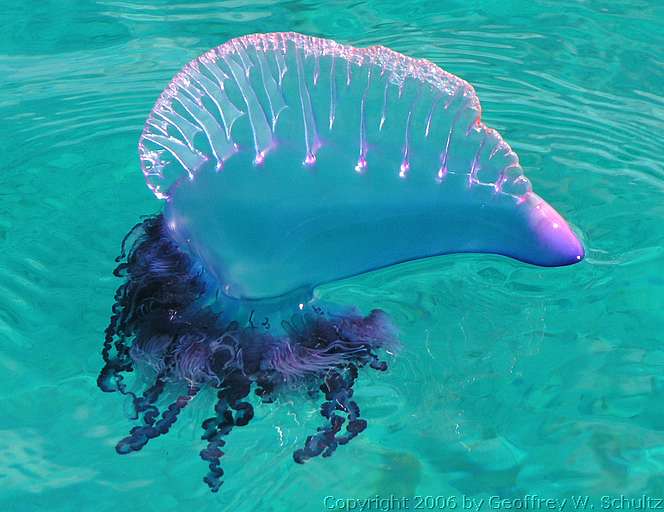
The guys are responsible for up to 10,000 human stings in Australia each summer, particularly on the east coast, with some others occurring off the coast of South Australia and Western Australia. The stinging venom-filled nematocysts in the tentacles of these creatures can paralyze small fish and other prey.
Trivia question for Nov-10-2011
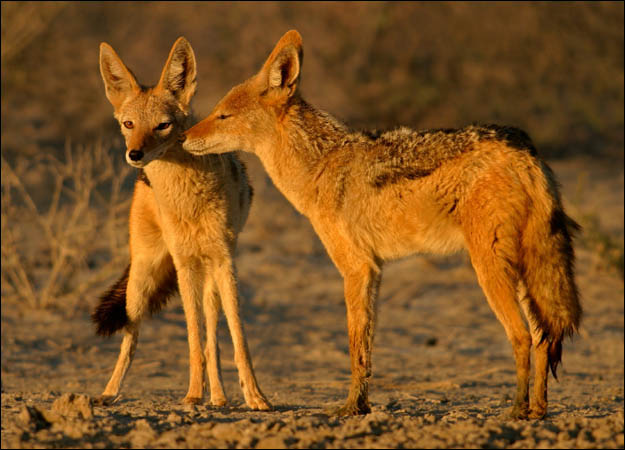
The social organisation of these animals are extremely flexible, being dependable on the availability and distribution of food. The basic social unit is a breeding pair, followed by its current offspring, or offspring of former litters. It usually lives in pairs, but is also found either singly, or in pairs and families up to five individuals.
Trivia question for Nov-09-2011
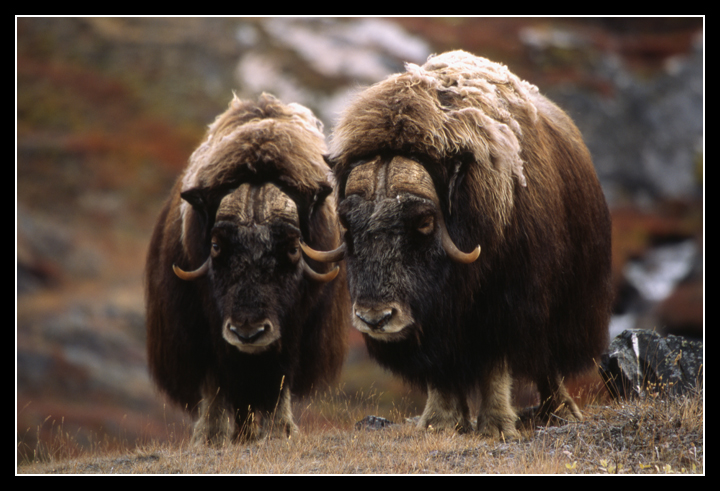
These guys survive on the sparse vegetation of the bleak Arctic tundra. They live farther north and in colder conditions than any other hoofed animals.
Trivia question for Nov-08-2011

When these fish select its prey, it rotates its eye so that the image of the prey falls on a particular portion of the eye in the ventral temporal periphery of the retina and its lips just break the surface, squirting a jet of water at its victim. It does this using the narrow groove in the roof of its mouth. It presses its tongue against this groove to form a narrow channel, then contracts its gill covers to force a powerful jet of water through the channel.
Trivia question for Nov-07-2011
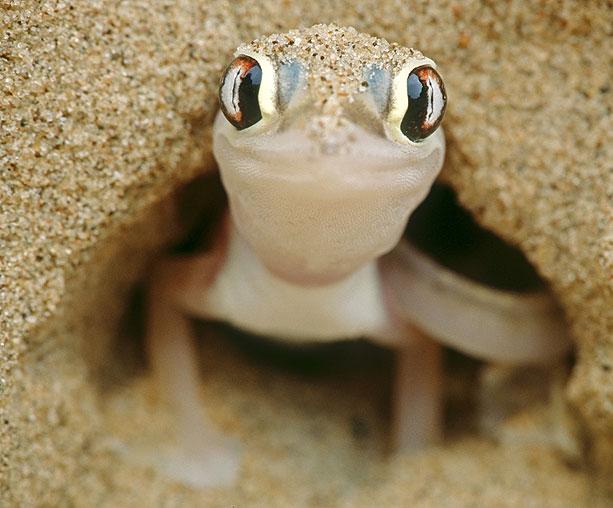
These guys use various clicks, squeaks, croaks, and other sounds to frighten attackers. The second defense is to break off its tail like all other geckos and flee to safety.
Trivia question for Nov-06-2011
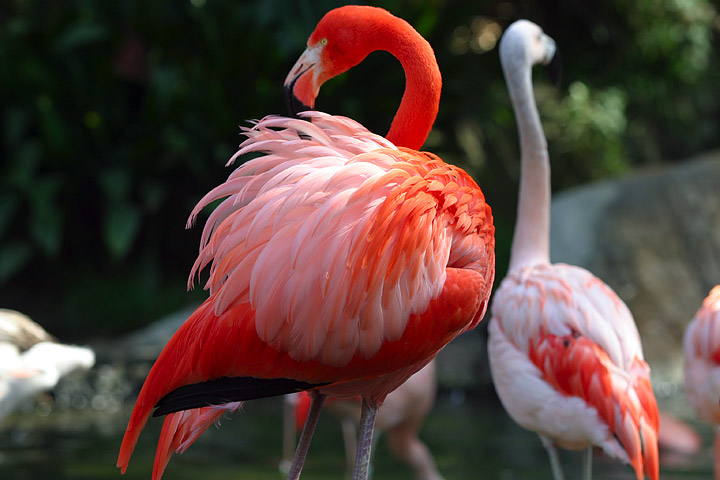
These birds resides in mudflats and shallow coastal lagoons with salt water. Using its feet the birds stir up the mud, then sucks water through its bill and filters out small shrimp, seeds, blue-green algae, microscopic organisms and mollusks.

